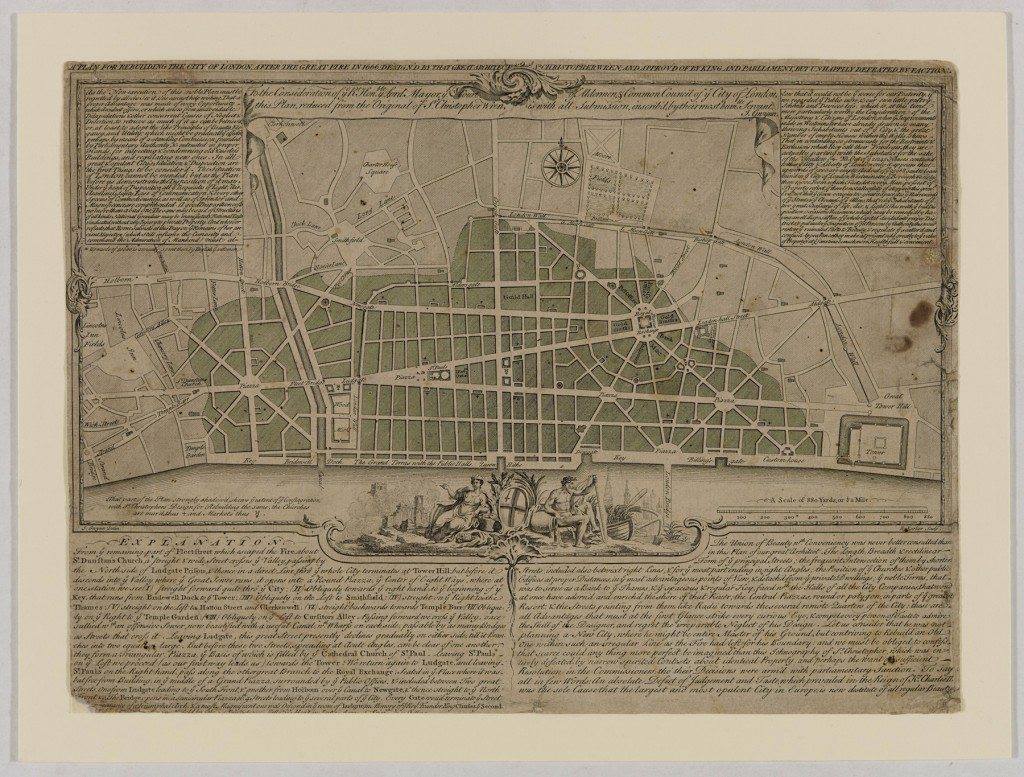
Three hundred and fifty years ago this fall, the Great Fire of London devastated England's capital city, destroying 13,000 houses and 84 churches in a blaze that lasted four days. Tomorrow, a new exhibit at the Royal Institute of British Architects imagines the different paths London's reconstruction could have taken.
Creation from Catastrophe: How Architecture Rebuilds Communities begins with alternative plans for the city after the Great Fire of 1666--for visitors to enjoy a few what-ifs and what-could-have-beens for one of the world's most beloved metropolises. From the press release: "The original drawings for five different plans for rebuilding London will be presented, showing the differing ideas of the time for rebuilding the city."
Take a look at architect Sir Christopher Wren's vision for the city with wide boulevards and plazas.
Wren's plan for London, complete with larger avenues and public spaces.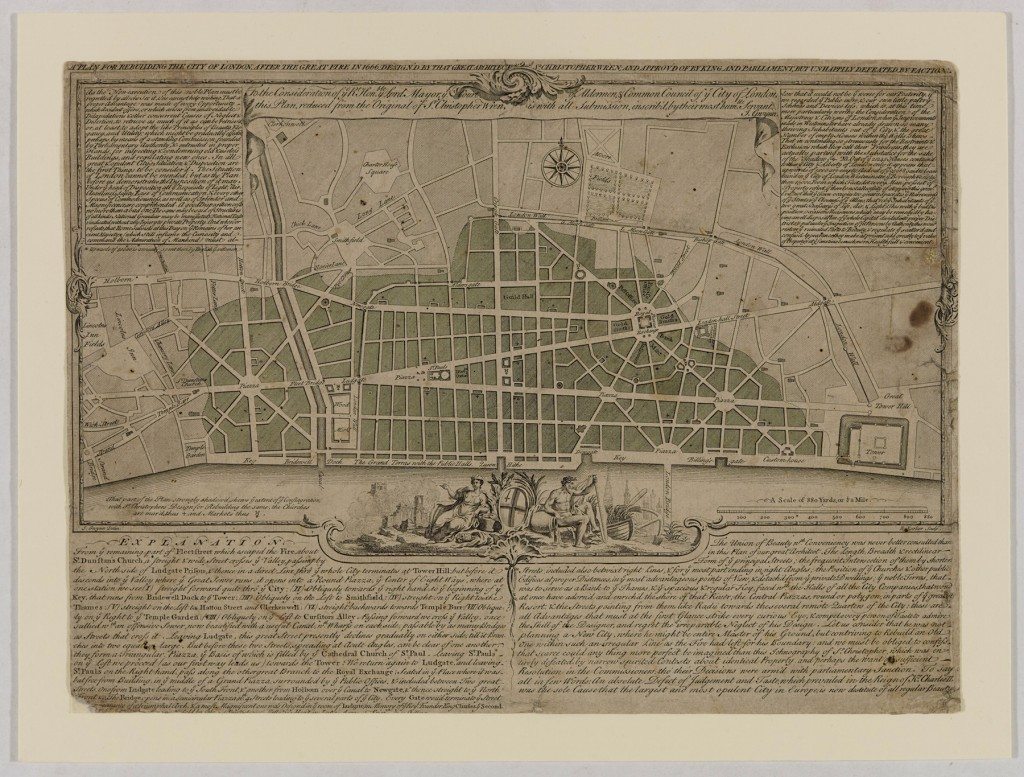
Plan for rebuilding London attributed to Robert Hooke (c) London Metropolitan Archives, City of London.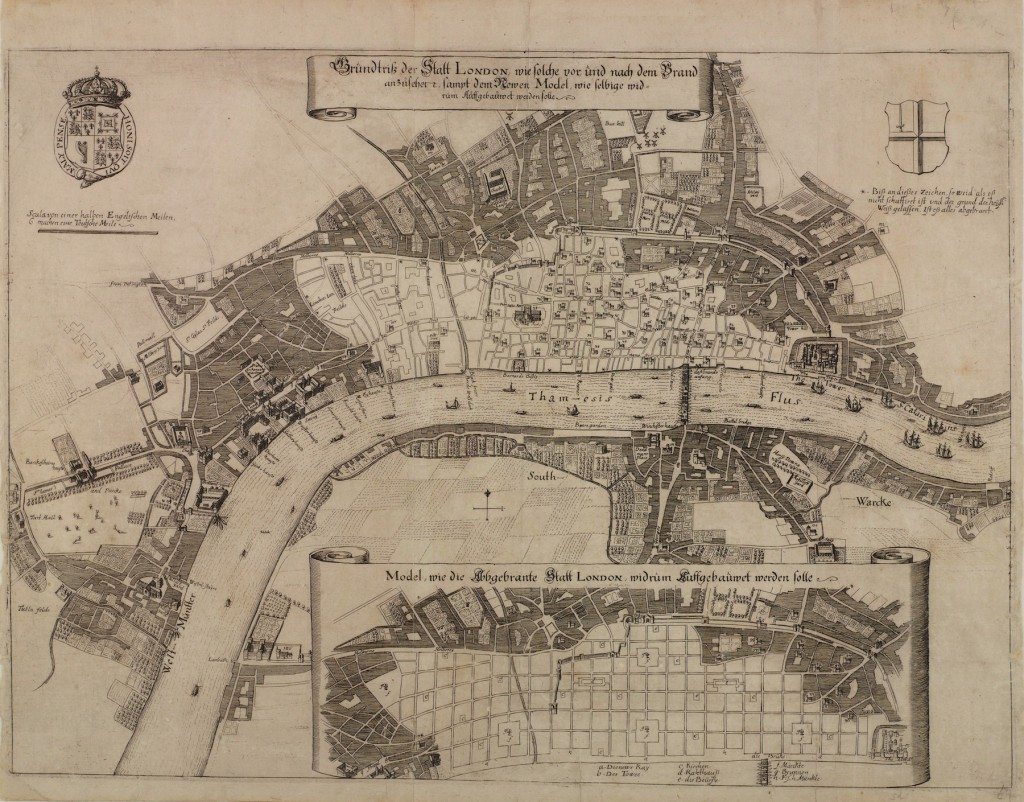
First plan for the rebuilding of London by Richard Newcourt (c) London Metropolitan Archives.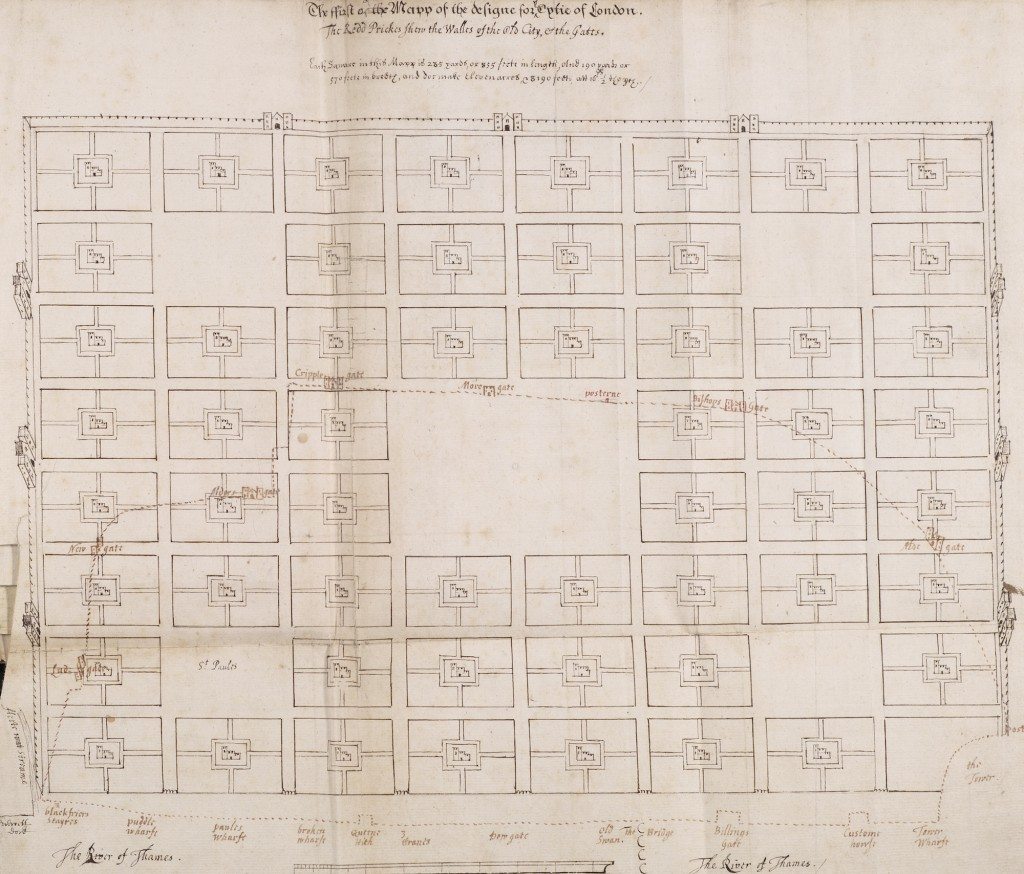
Ideas for rebuilding Hoboken, New Jersey, after Hurricane Sandy--copyright OMA.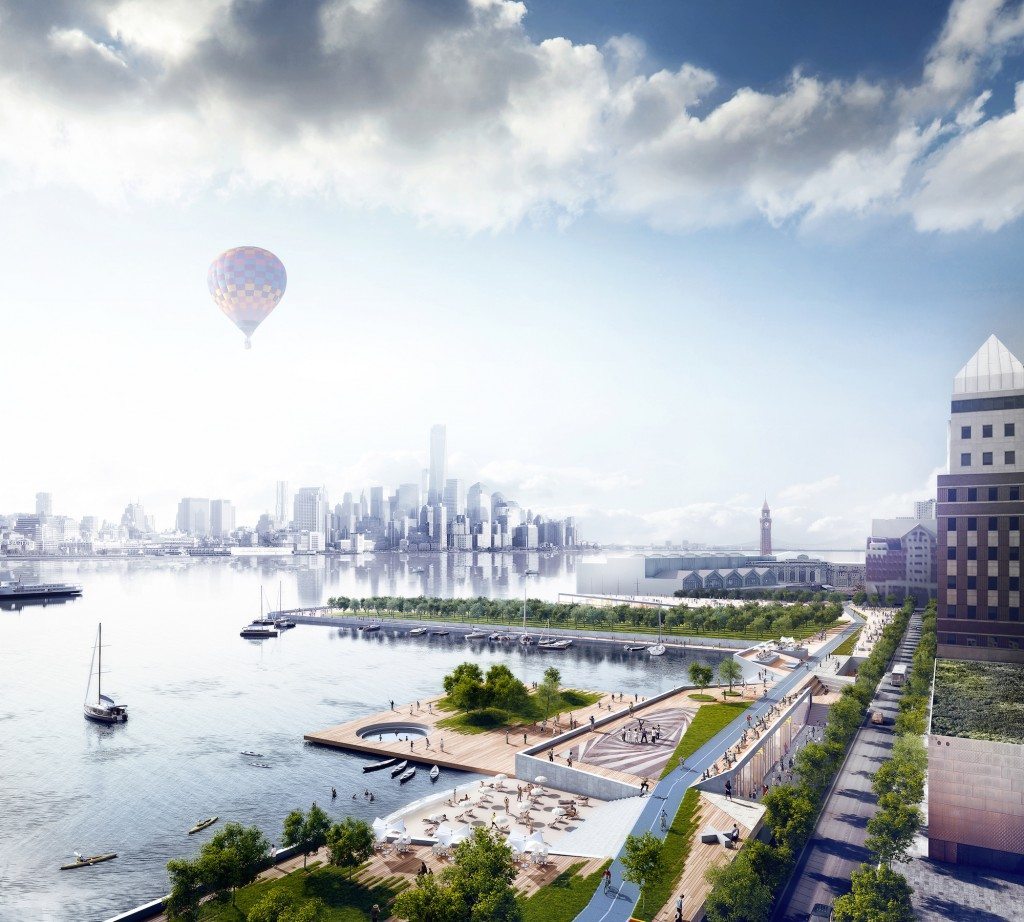
About the Royal Institute of British Architects
The Royal Institute of British Architects is a global professional membership body driving excellence in architecture. We serve our members and society in order to deliver better buildings and places, stronger communities and a sustainable environment. Being inclusive, ethical, environmentally aware and collaborative underpins all that we do.





Comments